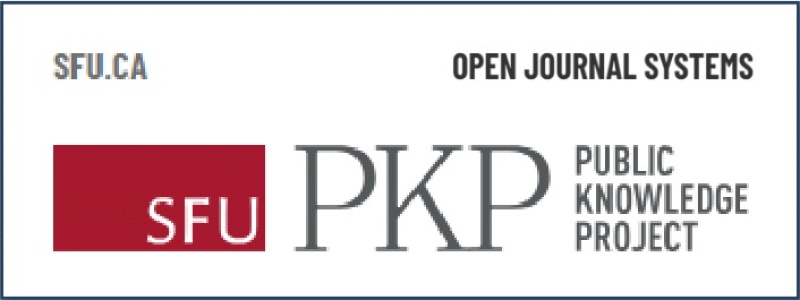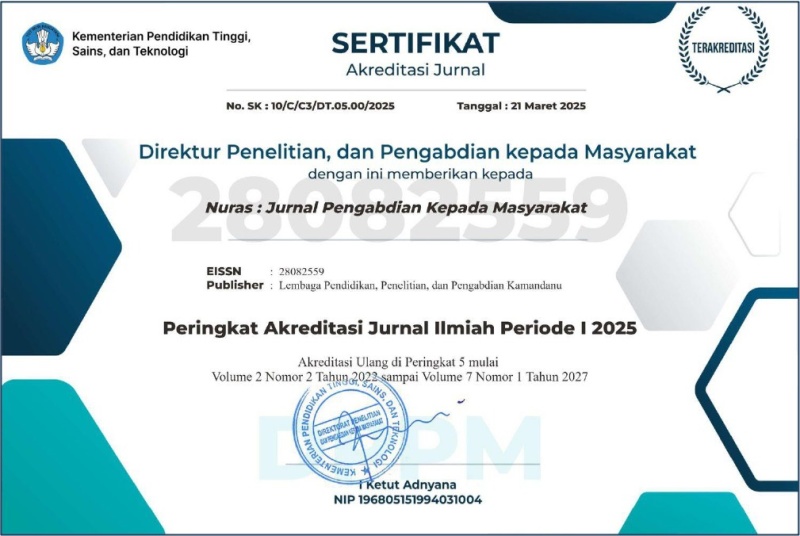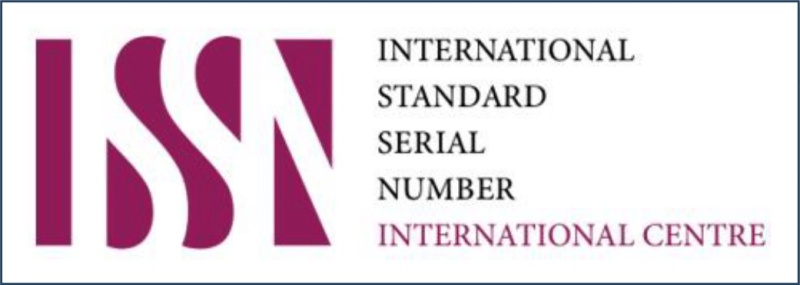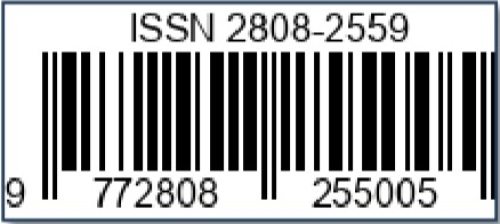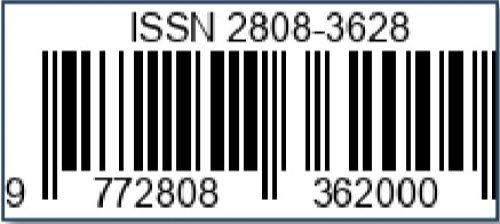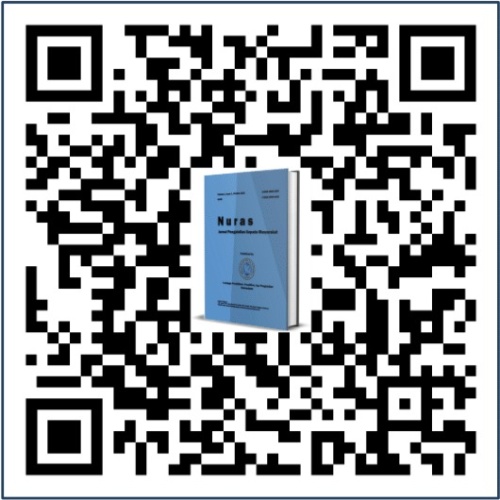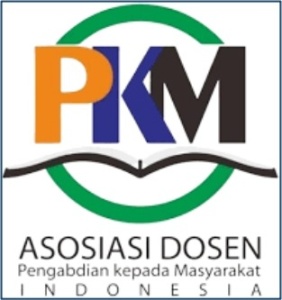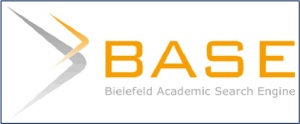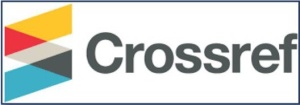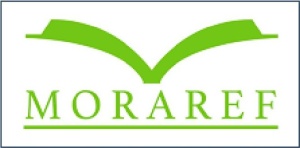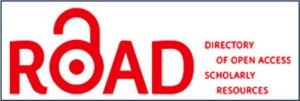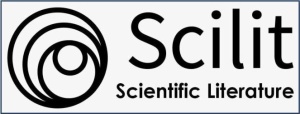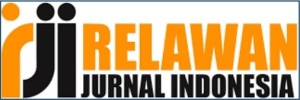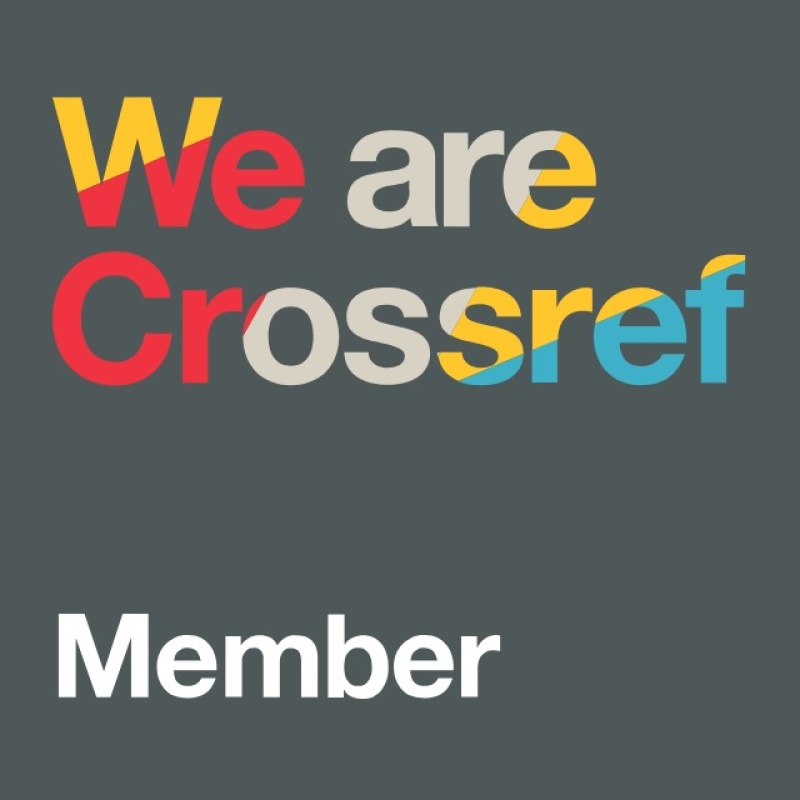Inovasi Kreasi Melalui Pendidikan untuk Anak sebagai Generasi Bangsa Masa Depan
DOI:
https://doi.org/10.36312/nuras.v3i3.204Keywords:
Innovation, Creation, Children, Generation of the Nation.Abstract
The purpose of this service activity is to be creative through education for children as the nation's generation. The methods used include: 1) outreach to the village community or village officials; 2) activities carried out by Sanggar Sejahtera; and 3) learning English. The results of the activities achieved included: 1) Children's Studio activities in Jabung Village, Malang Regency. Through positive activities carried out according to a predetermined schedule, younger siblings are able to learn to share the time they have. The activities that are often carried out are discussions, making short videos to be able to provide lessons widely by sharing these videos on social media. In addition, the Children's Studio also often holds performances during major holidays, such as Independence Day, National Children's Day, and other celebrations. However, during this pandemic, the studio's activities were limited and they could only share lessons with other younger siblings through learning videos that had been made and uploaded to Sanggar Anak's social media. So that the negative activities towards children that we usually encounter in Jabung Village are slowly decreasing and even have to disappear; and 2) English learning activities. Through the learning activities that we carried out, the students from the studio were interested in participating in learning English. Some younger students in the studio never had English lessons at Elementary School (ES) or even Junior High School (JHS). In carrying out learning activities, we try to make learning active and fun by providing games as a form of repeating the lessons that have been given. We also still provide the basics of understanding English so that younger siblings don't feel confused. This makes them understand the importance of mastering languages other than their mother tongue and regional languages.
Downloads
References
Agrina., Nasrul, B., Kornita, S. E., Zahtamal., Tampubolon, D., Mahatma, R., Firmanda, H., Chairul., Meiwanda, G., Lesmana, I., Febrialismanto., & Kurniadi, R. (2022). Analisis Potensi Desa sebagai Landasan Pengembangan Program Kuliah Kerja Nyata. Jurnal Karya Abdi Masyarakat, 6(2), 1-15. https://doi.org/10.22437/jkam.v6i2.22289
Azizurohmah. (2017). Strategi Guru dalam Menangani Kesulitan Belajar Disleksia pada Pembelajaran Siswa Kelas III B MI Islamiyah Jabung Malang. Skripsi. Universitas Islam Negeri Maulana Malik Ibrahim.
Cahyaningrum, F., Andayani., & Setiawan, B. (2018). Kesantunan Berbahasa Siswa dalam Berdiskusi. Madah : Jurnal Bahasa dan Sastra, 9(1), 45-54. https://doi.org/10.31503/madah.v9i1.150
Efendi, I., Sukri, A., & Safnowandi. (2021). Workshop Pembuatan Preparat Semi Permanen sebagai Media Pembelajaran bagi Guru Biologi di MA NW Kayangan Kabupaten Lombok Barat. Nuras : Jurnal Pengabdian Kepada Masyarakat, 1(1), 1-7. https://doi.org/10.36312/njpm.v1i1.2
Eleanora, F. N., & Sari, A. (2020). Pernikahan Anak Usia Dini Ditinjau dari Perspektif Perlindungan Anak. Progresif : Jurnal Hukum, 14(1), 50-62. https://doi.org/10.33019/progresif.v14i1.1485
Ishak, A. P., Afifah, R. N., & Kamelia, S. Q. (2021). Strategi Belajar Sambil Bermain sebagai Metode Pembelajaran terhadap Anak pada Masa Pandemi di Desa Leuwigoong. In Proceedings UIN Sunan Gunung Djati (pp. 137-145). Bandung, Indonesia: Universitas Islam Negeri Sunan Gunung Djati.
Khadijah., & Armanila. (2017). Permasalahan Anak Usia Dini. Medan: Perdana Publishing.
Santoso, D. H., & Santosa, A. (2020). Covid-19 dalam Ragam Tinjauan Perspektif. Yogyakarta: MBridge Press.
Santoso, K. A. (2022). Pendampingan Orang Tua terhadap Aktivitas Belajar Anak di Masa Pandemi Covid-19. Kharismata : Jurnal Teologi Pantekosta, 4(2), 346-355. https://doi.org/10.47167/kharis.v4i2.139
Tambunsaribu, G., & Galingging, Y. (2021). Masalah yang Dihadapi Pelajar Bahasa Inggris dalam Memahami Pelajaran Bahasa Inggris. Dialektika : Jurnal Bahasa, Sastra dan Budaya, 8(1), 30-41. https://doi.org/10.33541/dia.v8i1.3110
Downloads
Published
How to Cite
Issue
Section
License
Copyright (c) 2023 Muhamad Adia & Yuda Gita

This work is licensed under a Creative Commons Attribution-ShareAlike 4.0 International License.
-
Attribution — You must give appropriate credit, provide a link to the license, and indicate if changes were made. You may do so in any reasonable manner, but not in any way that suggests the licensor endorses you or your use.
-
ShareAlike — If you remix, transform, or build upon the material, you must distribute your contributions under the same license as the original.


